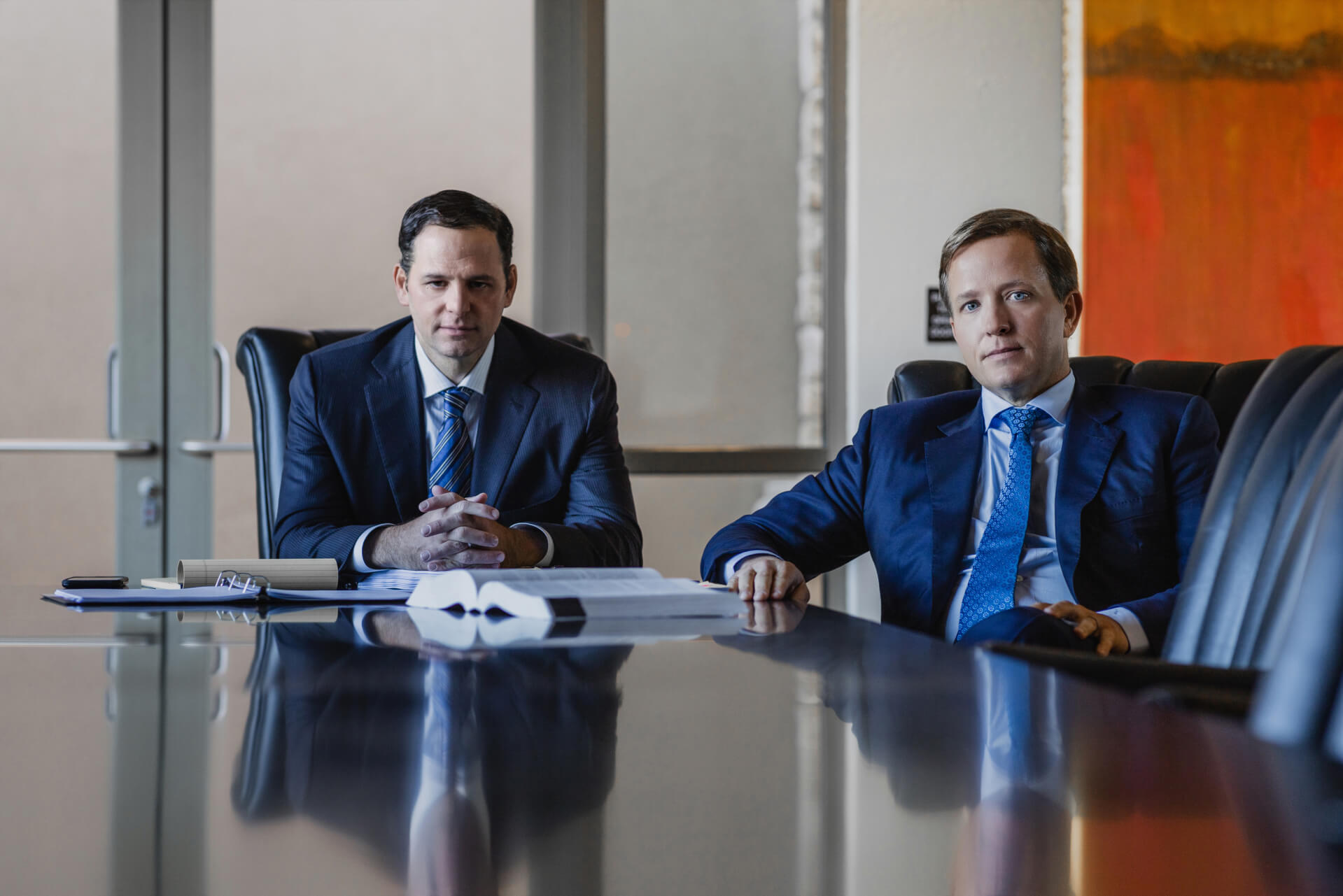Industrial shipping is built on the nation’s railroad network, but when companies prioritize profits over safety or maintenance, people get hurt. Our job is to make sure those people have everything they need to get back on their feet, while forcing the companies at fault to change their behavior. We live for a challenge because it represents a chance to make our clients’ lives better. That’s why we never stop fighting.
Arnold & Itkin has been at the forefront of investigating train accidents and other disasters for two decades. We’ve won over $20 billion for the victims of life-altering catastrophes nationwide, covering their medical treatment and ongoing care, replacing their lost wages, and helping them face the future with confidence.
Our railroad accident law firm handles cases involving:
Train accident survivors are facing the worst circumstances of their lives. It is our firm’s duty to not only provide aggressive representation but to ensure our clients get the best care and largest recoveries possible. The stakes are high: the money we win for our clients is often all they’ll have to live on for the rest of their lives.
Our Houston train accident attorneys don’t stop until we’ve reached the best possible result for our client. No matter what.
Unmatched Success in Train Accident Cases
Our Houston, TX firm represented a woman who was struck by a Union Pacific train. After losing her friends during a night out, she was resting near some railroad tracks. Minutes later, a train approached. The operators of the train saw her unmoving body on the tracks, but they made no attempt to stop the train. Our client lost her leg and multiple fingers and suffered severe brain damage as a result of the incident.
Our Texas railroad accident lawyers worked tirelessly to build a case that proved the train operators could have avoided striking our client if they had taken proper action.
The jury awarded our client $557 million, a level of compensation that will provide for her lifelong care.
Arnold & Itkin's other notable train accident victories include:
- $25 million settlement for the widow of a railroad worker
- $6 million settlement after a fatal train accident
- $4.77 million settlement for an injured railroad worker
- $3.9 million settlement for an injured railroad construction worker
- $2.55 million settlement for a man nearly hit by a runaway ballast regulator
- $1.25 million settlement for an injured railroad worker
- $1 million settlement for a worker injured at a railroad crossing
View all of our case results here.
Train & Railroad Crossing Accidents
One empty passenger car, the lightest type of train car, weighs around 80,000 pounds. One diesel locomotive, the type that pulls freight across the country, can weigh as much as 200,000 pounds. Some models weigh 400,000. At any speed, the sheer force of a locomotive can devastate anything in its path. It is virtually impossible to walk away from a train collision without life-altering or fatal injuries.
Out of all train and railroad incidents, crossing accidents are usually the most devastating, causing catastrophic injuries or death.
In 2022, 827 people were injured—either as drivers, passengers, or pedestrians—in train accidents at railroad crossings. 269 people were killed in crossing accidents. National Highway Traffic Safety Administration (NHTSA) motor vehicle accident statistics paired with Federal Railroad Administration (FRA) statistics reveal that “a motorist is 20 times more likely to die in a crash involving a train than...with another motor vehicle.”
The Cause of Railroad Crossing Accidents
The ability to avoid train accidents is often the driver’s responsibility, as trains cannot change speed or direction in enough time to avoid imminent collisions; however, that doesn’t mean every railroad crossing accident is the driver’s fault. In some cases, the design of the crossing itself is the deciding factor. In this case and many others, it is railroad companies that are at fault for the harm suffered by motorists.
If trains require over a mile in order to brake, then crossings should give conductors a mile of clearance. More practically, every crossing should have a warning system for drivers well before the train is in sight. Although trains almost always have the right of way, there are times when a crossing may be deemed a unique and local safety hazard; thus requiring the railroad to take additional steps to safeguard motorists.
In deciding whether a crossing is a safety hazard, a jury may consider if:
- Federal regulations would require additional warnings
- Sight distances or visibility are reduced at the crossing
- There are intersections with other roads near the crossing
- There is visual clutter at the crossing
- There had been prior accidents at the crossing
Protected vs. Passive Crossing
Trains often intersect with roadways. In fact, there are more than 250,000 roadway and railroad crossings across the country, and approximately 96% of all accidents occur on these. Nearly 62,500 of these crossings do not have a light or gates.
Figures from the National Transportation Safety Board state that approximately 60% of all railroad crossing fatalities occur at “unprotected” or passive crossings. Passive crossings are those with no more than a railroad crossing sign. The statistics also state that “protected crossings,” those crossings with warning devices such as lights and gates, represent only 20% of the public railroad crossings in the U.S.
Our Houston Railroad Accident Firm's Secret to Winning
If an accident makes the news, we get the call. People entrust us with the country’s biggest cases because they know we’ve been in these situations before. We fought and won for the crew of the Deepwater Horizon, the victims of Johnson & Johnson’s faulty medication, and the workers who lived through the Nation’s biggest plant explosions.
People call our Texas injury attorneys because we are willing to take on any opponent and put in the work it takes to win. We fight because it's the right thing to do.
You might be facing the worst circumstances of your life right now. We understand because we’ve walked through it with people in similar situations. We helped them get the care they needed, gave them advice about how to move forward, talked them through what to expect, and pulled them back onto their feet. That’s what it means to fight for someone. We’ve secured more than $20 billion for our clients, which is only possible because we take every story personally. No matter what.
If you were injured or lost someone you love, contact our Houston train accident attorneys now for a free consultation.
























